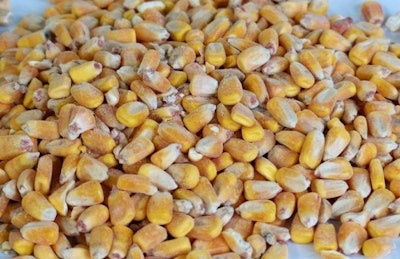
When feed cost accounts for about 70 percent of the poultry production cost, it is essential to have good information for decision-making on the ingredients that form the largest part of feed formulation: corn or sorghum.
The information is available to everyone, and I am making reference to the commendable work the U.S. corn and sorghum producers are doing through the U.S. Grains Council (USGC). With growing competition from Brazil and Argentina − which thirty years ago no one would have imagined they’d become the players in the market they are today − differentiation is a must.
For five years, the USGC have produced two different quality reports of these two grains. One is the harvest quality report and the other is the early exports quality report. In these reports, published in English, Spanish, Japanese, Chinese and other languages, the details are incredible and the information is very valuable.
What the reports include
Average grade factors values, such as test weight, broken grains and foreign material, total damage, heat damage and moisture content are given.
Furthermore, chemical composition values, including protein, starch and oil concentration are reported. Other reported traits are physical factors such as stress cracks, kernel volume, 100-kernel weight, true density and percentage of whole kernels.
Also, explanations and analysis of why things occur are given. For example, why this year’s protein concentration is lower, the effect of weather or humidity conditions, or what occurs when grain is handled at export, why these variables can affect grain differently if they are exported by rail or ship, among others. Similarly, levels of some mycotoxins are reported.
With these reports – which, by the way, are free − nutritionists and purchasing managers or importers in feed mills have a wealth of information to take advantage of, to make year-to-year comparisons and establish patterns; to be able to negotiate better contracts or to know what special requirements may be included.
Other interesting aspects of these reports have are the sampling methodology and analysis they follow, the division by export catchment areas, the strict control they have, the trust producers have in their own marketing system, and above all things: transparency with which information is explained.


















